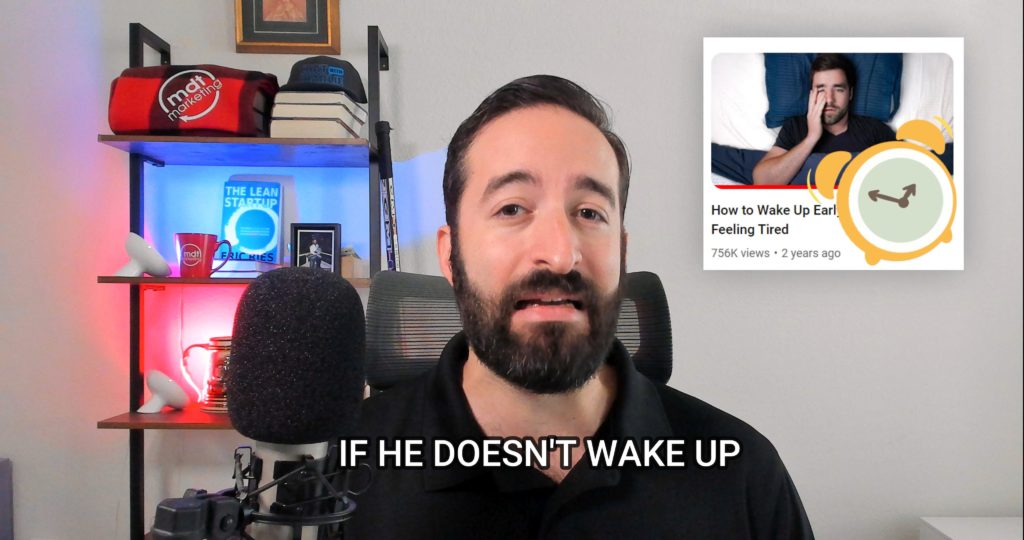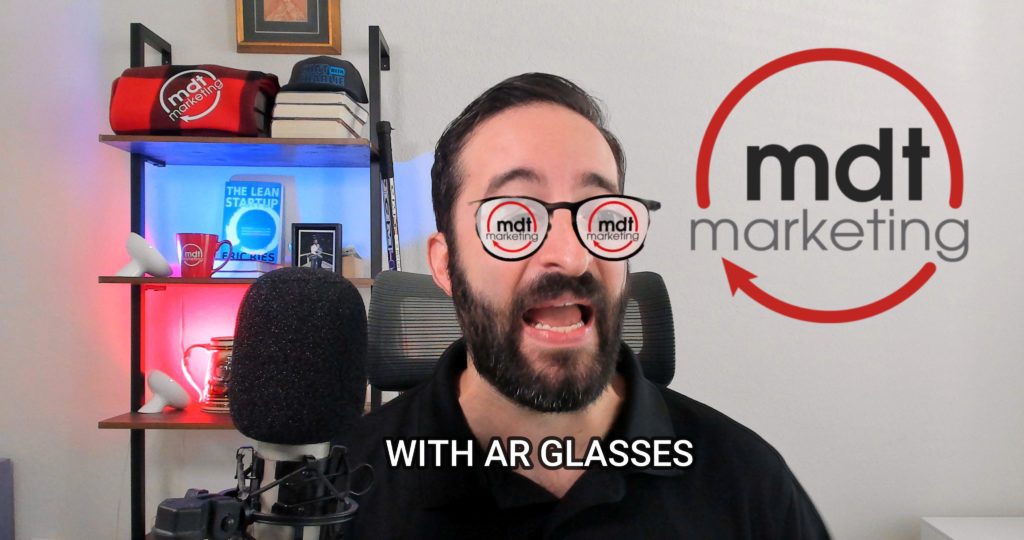Note on the Video Above:
You might notice, I had fun filming this, my most ambitious video to date. I was so ambitious that I’m pretty sure I broke the classic 180-degree filmmaking rule. Can you spot it?
Tarantino, Scorsese, I’m so sorry!
Introduction
In today’s fast-paced business environment, maintaining customer and employee loyalty is more challenging than ever. However, insights from psychology can offer powerful strategies for improving retention.
I recently read two books whose concepts really resonated with me when considering how we help our clients with retention – “Influence: The Psychology of Persuasion” by Robert Cialdini and “Atomic Habits” by James Clear.
The Influence of Consistency and Commitment
From “Influence: The Psychology of Persuasion” by Robert Cialdini:
- Consistency and Commitment:
- Principle: “Once we make a choice or take a stand, we encounter personal and interpersonal pressures to think and behave consistently with that commitment.”
- Example: Amazon’s $5,000 offer to employees to quit reinforces their commitment when they choose to stay.
Leveraging Commitment Devices
In “Atomic Habits,” James Clear introduces:
- Commitment Device:
- Definition: “A commitment device is a choice you make in the present that locks in better behavior in the future.”
- Historical Example: Victor Hugo’s method to beat procrastination. He had his assistant lock all of his clothes in a chest leaving him only a large shawl. Since this discouraged him from going out in public, the Hunchback of Notre Dame was finished 2 weeks early.
- Modern Example: Thomas Frank’s alarm system. If he doesn’t wake up within 10 minutes an embarrassing tweet is deployed with an offer to send recipients $5 through Paypal.

Applying These Principles Ethically
As Cialdini points out, using these psychological principles ethically is crucial. He writes, “[Marketers] who play fairly by the rules of shortcut responding are not to be considered our adversaries; to the contrary, they are our allies in an efficient and adaptive process of exchange. The proper targets for counter-aggression are only those who falsify, counterfeit, or misrepresent the evidence that naturally cues our shortcut responses.” We rely on certain cues for efficient decision-making; professionals who use these cues ethically help facilitate an exchange that is good for the consumer (a win-win).
An Example of How We Do It at MDT
How can these principles be applied in modern marketing?
Social media provides an excellent platform for employing commitment devices.
MDT’s Wear & Share AR Glasses ingeniously leverages these concepts.
MDT’s Wear & Share AR Glasses:

- What It Is:
- A digital product that allows a newly accepted student to share on social media that they have been accepted while wearing the school’s branded glasses.
- How It Works:
- In place of an outdated acceptance letter, accepted students receive an inspirational personalized video with instructions to share their good news.
- The video invites them to take a selfie using the school’s AR-branded glasses.
- Students are encouraged to post their selfies on social media with a custom hashtag, sharing their acceptance news.
- Concepts of Consistency and Commitment:
- Public and Social Commitment:
- By posting their selfie on social media, students make a public commitment to their education journey.
- Positive Reinforcement:
- The likes and comments on social media posts create a supportive environment.
- Overcoming Self-Doubt:
- The public declaration helps students overcome fear and self-doubt by recognizing their support system and reinforcing their decision.
- Public and Social Commitment:
- Benefits of the Approach:
- Enhances the excitement and significance of the acceptance experience.
- Strengthens students’ commitment to their educational path through a public declaration.
- Uses social media’s influence to foster a sense of community and belonging.
- Encourages consistency in decision-making by reinforcing the initial choice to pursue education at the school.
For more on overcoming challenges in lead conversion, including using the right communication channels and strategies, check out my post “5 Horrors Haunting Your Lead Response Conversions.“
In conclusion, the insights from Cialdini and Clear are not just academic; they offer practical concepts that can be adapted to various industries, including marketing and sales. By understanding and applying these principles thoughtfully, businesses can enhance their engagement and retention strategies in an increasingly competitive marketplace.
